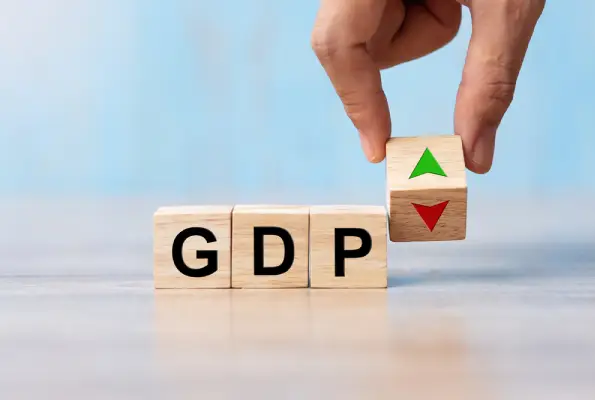As per the report from the Statistical Centre for the Cooperation Council for the Arab States of the Gulf (GCC-Stat), the real gross domestic product (GDP) of countries in the Gulf region reached USD 466.2 billion by the end of the first quarter of 2025, thereby marking a year-on-year increase of 3.1%. While the non-oil activities emerged as the real growth engine, by accounting for 73.2% of the rise, their oil counterparts held the remaining 26.8% share.
The rise in non-oil activities also aligns with the economic diversification efforts of countries in the region, including Saudi Arabia, as governments increasingly focus on industries like business and tourism to reduce dependence on crude revenues. In October 2025, Saudi Arabia’s General Authority for Statistics reported that the Kingdom’s GDP expanded by 5% in the third quarter of this year, compared to the same period in 2024, driven by gains in both oil and non-oil sectors.
“The latest statistics released by the Statistical Centre of the Cooperation Council for the Arab States of the Gulf showed that real GDP of the GCC countries reached USD 466.2 billion by the end of the first quarter of 2025, up from USD 451.9 billion in the same period of 2023, marking a growth rate of 3.1%,” said the GCC-Stat report.
Compared to the fourth quarter of 2025, real GDP in the GCC region witnessed a growth of 0.1%. In October, a report released by the International Monetary Fund (IMF) said that the region’s economy would likely expand by 3.9% in 2025, before accelerating to 4.3% in 2026.
The IMF added that the MENA region is expected to see a GDP expansion of 3.3% in 2025, followed by a 3.7% rise in 2026. Among countries, Saudi Arabia is expected to witness a GDP growth of 4% in 2025 and 2026. The UAE economy will expand by 4.8% in 2025 and 5% in 2026, while Qatar’s GDP is projected to rise 2.9% this year before accelerating to 6.1% in 2026.
Following a slowdown in 2024, Kuwait’s economy is set to rebound in 2025, with growth projected at 2.6%. IMF further sees the average inflation rate in the region to remain at 1.7% in 2025 and 2% in 2026 — underscoring the bloc’s resilience to global price pressures.



